Every Child in School
& Learning Well
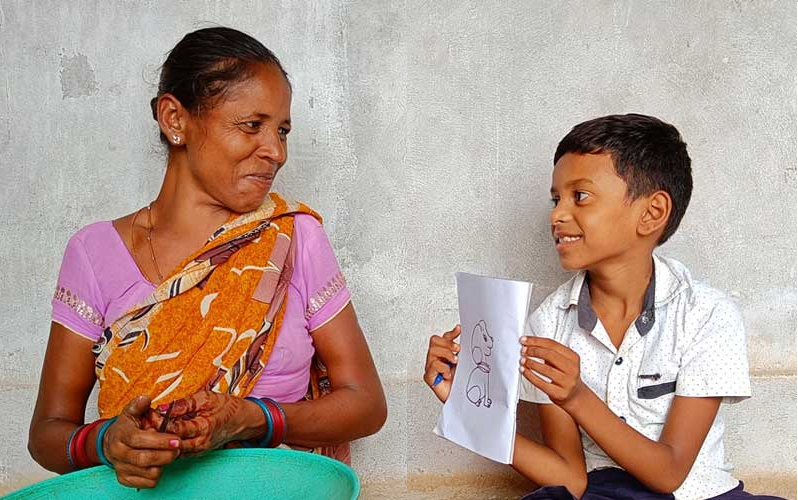
Every Child in School
& Learning Well

Education is fundamental for achieving full human potential, developing an equitable and just society, and promoting national development.
Every child, no matter who they are or where they come from, deserves access to quality learning opportunities – from the age of three years when they begin to acquire early learning skills to the end of their school education at age 18. Through several state-level programmes and national policy advocacy, Bal Raksha Bharat (also known as Save the Children) has supported the education of lakhs of children since 2008! We address children’s learning needs through creating an inclusive, equitable, safe learning environment for children between 3-18 years for an active, purposeful adult life. We echo the thought of the Government of India wherein in we are collectively looking at nurturing an education system rooted in Indian ethos that contributes directly to transforming India, that is Bharat, sustainably into an equitable and vibrant knowledge society, by providing high-quality education to all, and thereby making India a global knowledge superpower
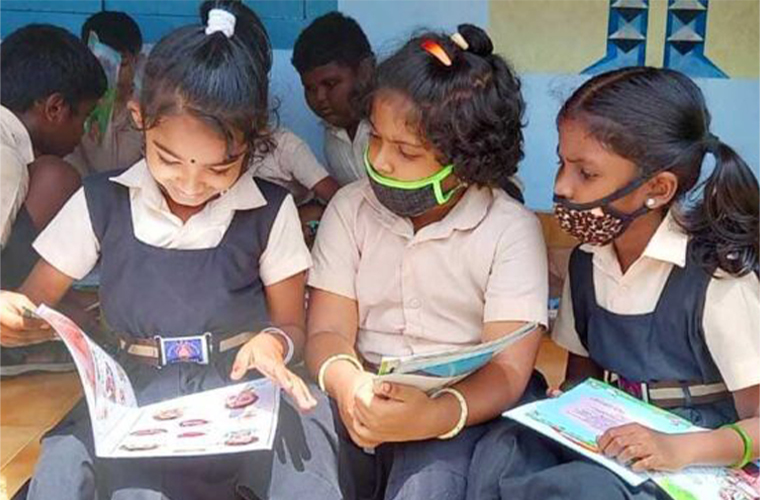
education interventions work towards the goal of “every child in school and learning well”. Across all programs and delivery models, Pratham seeks to maximise impact at a low cost.
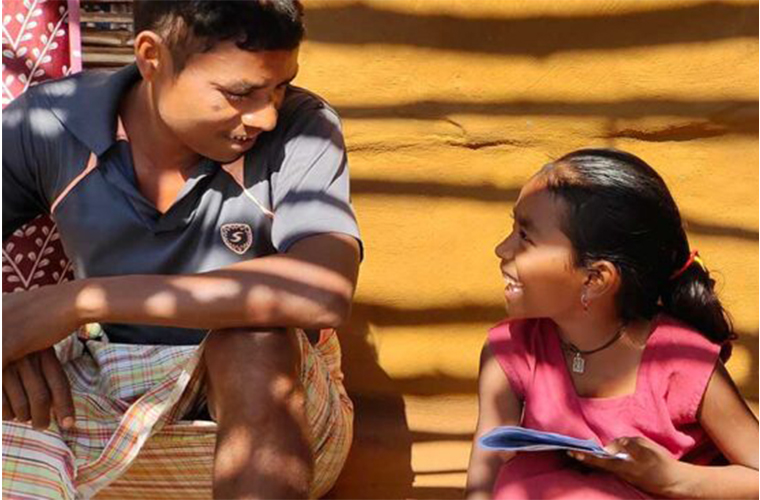
is the child rights and protection wing of Pratham, working in the spheres of prevention of child labour & exploitation, rescue & repatriation, rehabilitation, awareness & advocacy and more.
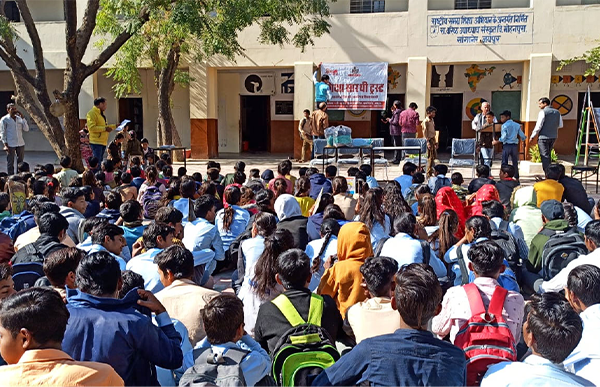
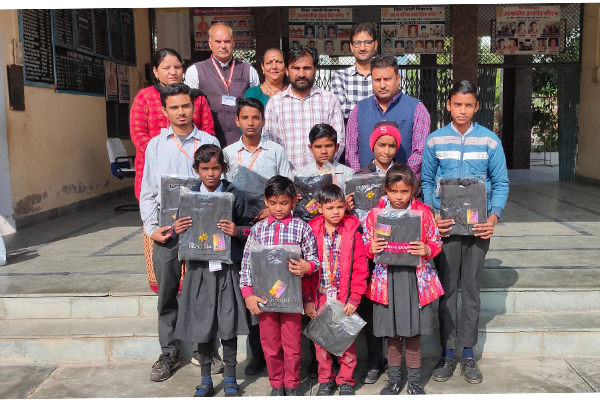
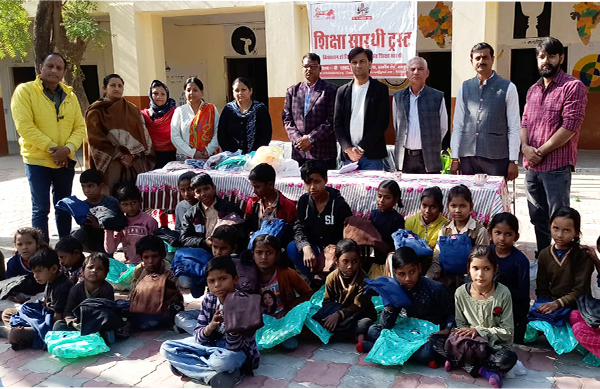



AI can be used to create interactive games and other teaching tools that can teach young children academic or social skills. Artificial intelligence can also be used to power monitoring systems to help track children's behavior to glean insights into their development. Young children can be given access to create interactive games and other learning tools to keep them entertained. Observation plots can also be created using artificial means to keep an eye on the behavior of children regarding their development.
AI is not a futuristic vision but is integrated with and deployed into a variety of sectors. This includes fields such as finance, national security, health care, criminal justice, transportation, and smart cities. There are numerous examples where AI is making an impact on the world and augmenting human capabilities in significant ways. AI is part of our lifestyle so much that we need to make sure that our students understand its impact and potential for the future of work and learning. Schools and educators are always looking for online technology platforms that support student-centered learning, help students work collaboratively and share their creations with peers around the globe in a personalized learning environment. Students will learn to code on the AIWS platform with easy to use age-appropriate block-based programming tools bringing their AI projects to Life. Some of the programming software students will code & play with are Scratch for AI, Snap! for AI, Pocket Code, Phiro Code smartphone app, MIT App Inventor, Cognimates, Python, and Javascript. They will engage with a variety of hands-on online STEM challenges and Project-Based Learning approaches which helps them to gain critical future-ready skills. Educators become part of an exclusive worldwide AI community sharing best practices, engaging, learning, fellow educators, communicating and discussing a wide range of topics.
Teaching students about AI is essential for developing digital literacy, critical thinking skills, and preparing students for future academic and career success. Interactive AI & Robotics Lab for Schools. AI is not a futuristic vision but is integrated with and deployed into a variety of sectors. This includes fields such as finance, national security, health care, criminal justice, transportation, and smart cities. There are numerous examples where AI is making an impact on the world and augmenting human capabilities in significant ways. AI is part of our lifestyle so much that we need to make sure that our students understand its impact and potential for the future of work and learning.
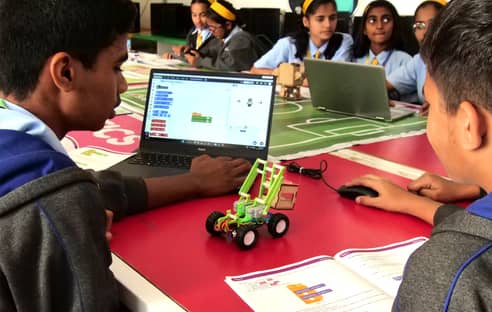






Government promotes environment protection and nature education through curricula on conservation of forest, water and soil. National Education Policy (NEP) 2020 stresses upon appropriate integration of environmental awareness and sensitivity towards its conservation and sustainable development in school curricula. They learn about the importance of reducing waste, conserving energy, and preserving natural resources. This, in turn, can help to reduce the impact of human activities on the environment and promote sustainability.
Another important responsibility of the teacher is to develop a learning environment where students feel motivated to learn within the boundaries and expectations of a safe classroom. By modeling and encouraging a safe environment and purposeful rules, students feel motivated to do the right thing and help one another. Educating students to make them aware of keeping the environment clean, as well as actively taking them from slums and villages to conduct such programs, so that the general public can become aware of the environment and to improve it.
How can we protect our environment in school?






Write to shikshasaarthi.trust@gmail.com